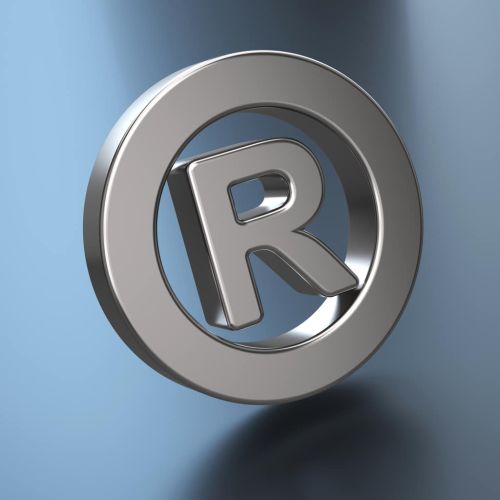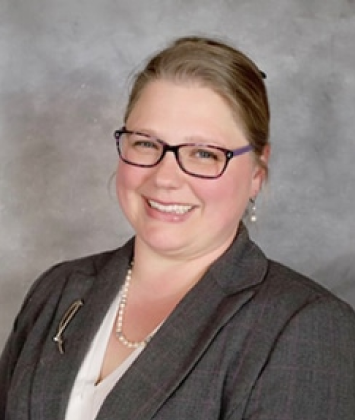One of the requirements of a registered trademark is use in commerce. While trademarks do not expire, discontinuing use of a trademark can result in it being deemed abandoned. The United States Patent and Trademark Office (USPTO)’s Post Registration Audit Program began in November 2017 seeks to improve the accuracy of the registry by ensuring that it reflects marks that are currently being used in commerce.
What is the Purpose of the USPTO Post Registration Audit Program?
Pursuant to the Post Registration Audit Program, the USPTO began auditing trademark owner registration maintenance filings to ensure the trademarks that have been registered are still in use in connection with their corresponding registered goods or services. But not all trademarks are subject to a post registration audit. The USPTO’s audit program focuses on trademark registrations where a Section 8 statement of use has been filed — this renewal filing must be submitted between the fifth and sixth years after the initial registration.
The USPTO’s audits of trademark registration maintenance filings are meant to confirm the marks that are registered correspond with the goods or services associated with the filing. The registrations that may be audited specifically concern those that include one class with four or more goods or services, as well as registrations that include at least two classes containing two or more goods or services. The more goods or services in each class, the more likely your trademark will be selected for a USPTO post registration audit.
Responding to a USPTO Post Registration Audit
If your trademark registration will be audited, the USPTO will send you an office action stating that the registration has been selected for an audit. Specifically, it will identify additional goods or services for each audited class for which you must provide proof of use. The USPTO will also identify any issues with your registration, which must be addressed. Failure to respond to a post registration audit can result in a trademark registration being canceled.
Proof of use for the purposes of an audit is evidence that demonstrates how the mark is being used in commerce in connection with the goods or services listed in your registration. Examples of proof of use for goods and services can include the following:
- Photos that show the mark on a tag or label attached to the good.
- Screenshots of webpages that show the mark being used in connection with the associated goods or services at the point of sale (the URL and access or print date must be included).
- Photos of the mark as it appears on a package where the goods can be seen through the package.
- Photos of the mark on packaging where the generic name of the goods is identified on the packaging.
- Copies of brochures or flyers showing the mark being used to advertise services.
- Photos of the mark as it appears on signage for a retail store or restaurant.
- Photos of the mark as it appears on service vehicles.
If your response to the audit satisfies the USPTO’s requirements for proof of use, a notice of acceptance will be issued. In the event your response fails to include acceptable proof of use for a particular class, or any of the goods or services are deleted in that class, a second office action will be issued asking you to provide proof of use for the remaining goods or services. In addition, the USPTO may charge a fee of $250 for each class that contains a deletion, along with a deficiency surcharge of $100. Your registration may be canceled if you fail to pay the fees that are due.
Should you be unable to provide proof of use for the goods or services selected for a USPTO post registration audit, you must delete all goods or services for which you cannot offer proof in your response. A fee of $250 is charged for each class in which goods or services are deleted. The deadline to respond to a first or second office action in connection with a post registration audit is six months after the issue date or at the end of the statutory filing period, whichever comes later.
Filing a Petition to Director
If you have been issued a third office action and disagree with the USPTO’s refusal of your proof of use, you may have the option to file a Petition to the Director. In doing so, you are requesting that the Director review the record and determine whether a mistake was made by the audit examiner. Additional proof may be submitted along with the petition. You will also have to pay any deletion fees or surcharges at this time to avoid having your registration canceled. The petition must be filed no later than six months following the issue date of the third office action.
Contact an Experienced Trademark Attorney
A USPTO post registration audit can be complex, and it’s essential to have a skilled trademark attorney who can guide you through the process to help ensure you avoid potential pitfalls and maintain your registration. Located in Ann Arbor, Michigan, the Trademark Lawyer Law Firm, PLLC provides a variety of trademark services to business owners, startups, and entrepreneurs in many different industries nationwide. With an impressive track record of successfully registering more than 6,500 trademarks, we offer our clients exceptional legal services at reasonable rates. Contact us today to schedule a complimentary 15-minute consultation with a trademark attorney concerning your trademark matter.





